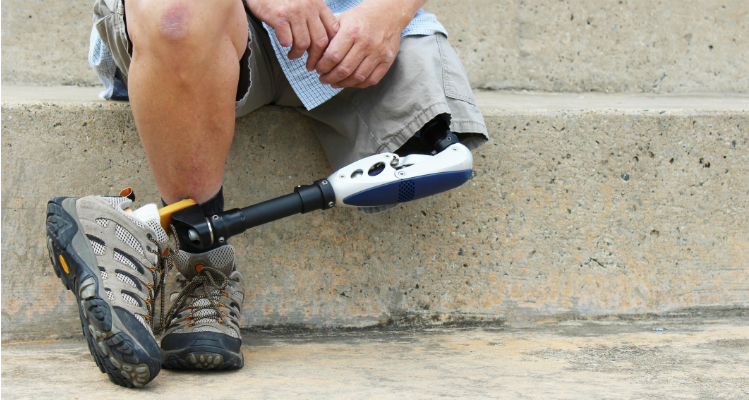
Losing a limb can be a life-changing experience, but with the help of modern technology, prosthetic limbs have become more advanced and accessible than ever before. If you’re considering getting a prosthetic leg, it’s important to understand what parts make up this incredible piece of machinery.
A prosthetic leg is a complex piece of technology that requires extensive design and careful consideration of the individual’s needs. There are different types of prosthetic legs available, each designed to fit the unique activity level and residual limb of the user.
Some parts of a prosthetic leg include the socket, knee, foot, ankle, and base. The socket is molded to fit the residual limb and provides a comfortable and secure connection between the limb and the prosthesis.
The type of material used for the components will depend on factors such as weight, durability, and flexibility. For example, a lower limb prosthetic foot may be made from carbon fiber or other lightweight materials to provide good mobility for walking or running. Different models of prosthetic legs come with fixed lists of elements and tools that can be used to create a personalized solution for the amputee. It is important to choose the right prosthetist who can guide you through the process of choosing a prosthesis that fits your body and lifestyle.
Wearing a prosthetic leg can be a life-changing experience for those who have lost their limbs due to amputation. It allows them to regain some control over their physical abilities and participate in daily activities like walking, running, or sports.
The components of a prosthetic leg are designed to ensure maximum comfort, stability, and energy efficiency while wearing it. The liner covers the residual limb like a new skin and helps keep it in place inside the socket. The knee joint provides natural movement patterns, allowing the wearer to walk with ease and fluidity.
Choosing a prosthetic leg may seem overwhelming at first, but there are simple steps that make the process straightforward and systematic. A good prosthetist will take into account factors such as your range of motion, activity level, and overall health when designing your prosthesis.
With so many models and options available, it’s essential to work closely with your prosthetist to find the best solution for you. Remember that each person is different, and what works for one amputee may not work for another. But with the right device, cover, and care, prosthetics can allow an amputee to lead a completely normal life.
If you need a prosthetic leg, please visit PrimeCare LLC.

